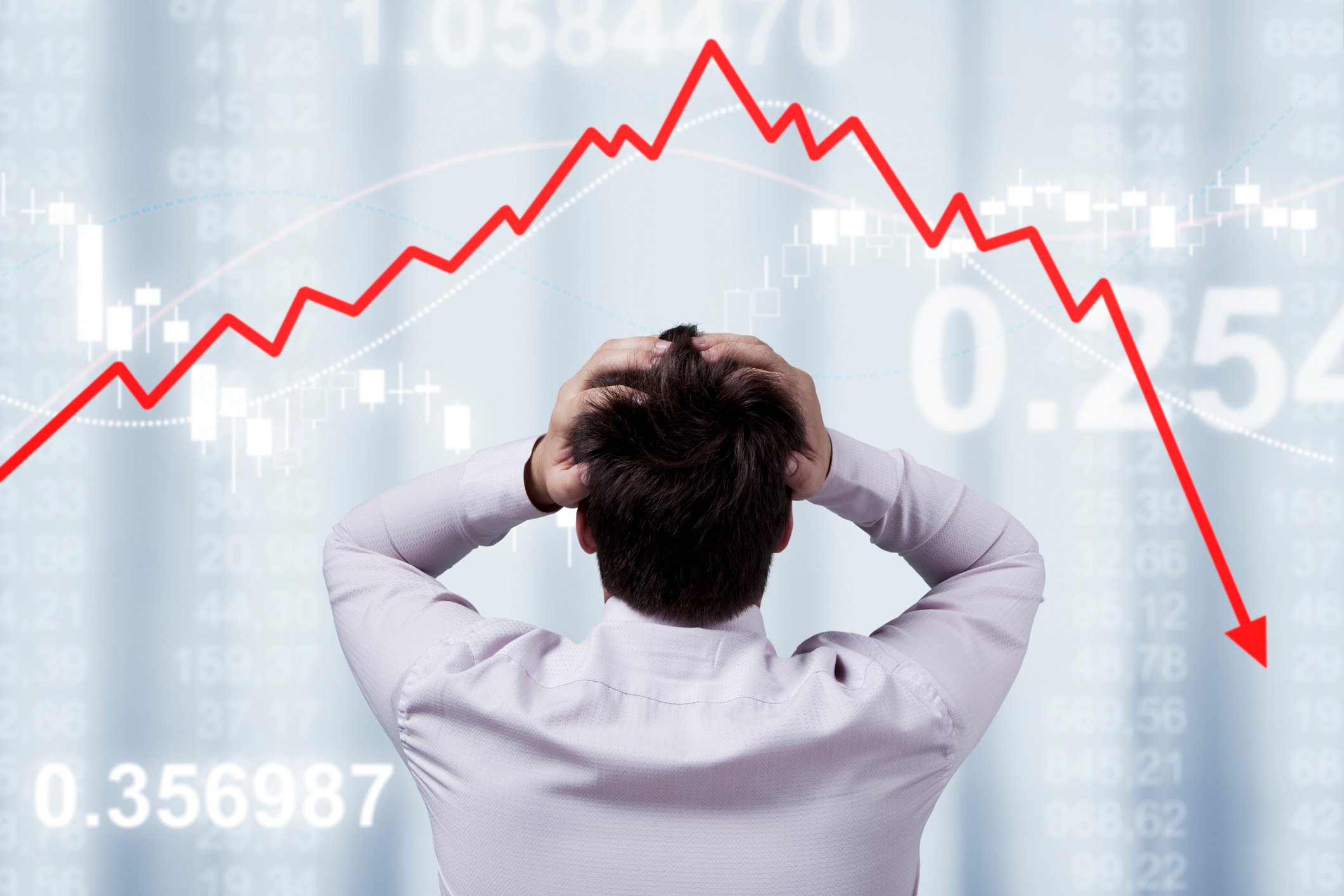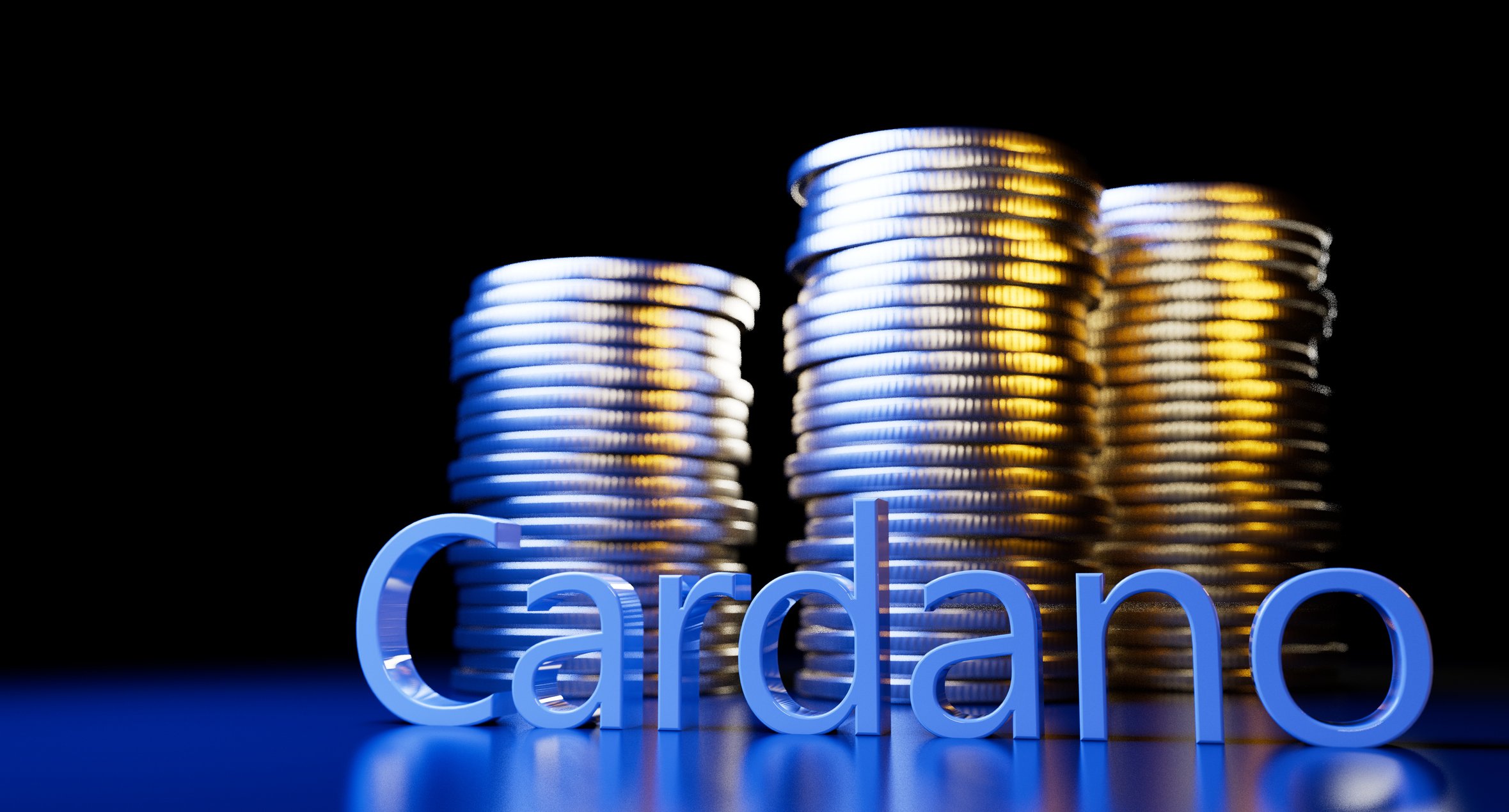When an asset falls for a month, it can feel like a clearance sale, and sometimes it is. Given the recent context of the Oct. 10 crypto flash crash, the odds for that being true are higher than normal.
Yet while many of the crypto majors have clawed back ground since the crash, Cardano's (ADA 2.68%) price is still roughly 14% lower over the last 30 days. Does that make it even more worthwhile to buy the dip, or is there a red or yellow flag to be aware of somewhere?

Image source: Getty Images.
A dip is not a thesis
When you're trying to evaluate whether a coin is worth buying at a lower price point than usual, it's helpful to ask what it's winning at and what it's good at. With Cardano, it's hard to point to a category where it leads, and it's hard to develop an investment thesis for buying it.
Its decentralized finance (DeFi) total value locked (TVL) sits near $297 million, a fraction of its bigger competitors Solana (SOL 2.73%) and Ethereum (ETH 1.91%). Decentralized application (dApp) revenue data tell the same story, as in the 24-hour period ending at noon on Oct. 28, Ethereum collected $3.8 million in app revenue, whereas Solana collected $4.9 million, and Cardano collected just $3,127. So its DeFi ecosystem is tiny, and the projects within it simply aren't being used enough to generate revenue, meaning there's little reason for anyone to bring their capital to the chain.

CRYPTO: ADA
Key Data Points
Stablecoins are another important area. Chains that dominate stablecoin supply tend to dominate liquidity and payments volumes, generating a lot of value along the way. Today, Cardano's stablecoin market cap is near $36.4 million, which is insignificant relative to the tens of billions of dollars in stablecoin value of many of the crypto majors, and suggests limited uptake so far. Without a large enough base of capital to prime the DeFi system's money pump, it's hard to see how it could attract more investors and app developers.
Active usage patterns are also essential to consider. As of Oct. 28, Cardano has roughly 26,600 active wallet addresses, while Ethereum's figure is close to 540,000, consistent with the broader gap in throughput and app footprint; Solana had 2.1 million active wallet addresses. Liquidity, breadth of applications, active users, and fee or revenue generation tend to reinforce each other over time. Right now, that flywheel spins much faster elsewhere compared to Cardano.
Investors need catalysts that translate design into durable demand and revenues. Today, the on-chain read-through with Cardano is not pointing to that.

CRYPTO: SOL
Key Data Points
What would need to change
Buying dips is not a strategy by itself, with Cardano or any other asset. For Cardano to be compelling, it needs to win somewhere, as marked by attracting more capital, more users, more developers, and more revenue-generating projects. That could ultimately be DeFi, stablecoins, or tokenized real-world assets -- or perhaps some other segment which doesn't even exist yet. The problem is that it is not winning any single segment today, and it doesn't have a clear path to doing so.
Nonetheless, if Cardano does manage to start recovering, it'll behoove investors to know where the signs of that recovery might live. One possibility is its DeFi TVL compounding far faster than its peers for several quarters, revenue capture rising from negligible to material, and at least one breakout application with network effects becoming popular enough to entice users and capital from other chains.
The most likely trigger for those events is the chain shoring up its stablecoin holdings to at least hundreds of millions of dollars, as this would create enough of a capital base to bootstrap other activities like on-chain lending, borrowing, and liquidity support.

CRYPTO: ETH
Key Data Points
But don't hold your breath for that to happen. Unless you can articulate a specific, testable thesis for how Cardano will outgrow Ethereum or Solana in at least one segment in the near future, buying this dip is inadvisable. It's significantly better to buy either of those larger competitors.
Cardano might bounce with the market and reward those who buy the dip anyway, or it might not. The better move for investors is to track the metrics above and wait for evidence of consistent gains before reevaluating whether this coin is worth buying.





